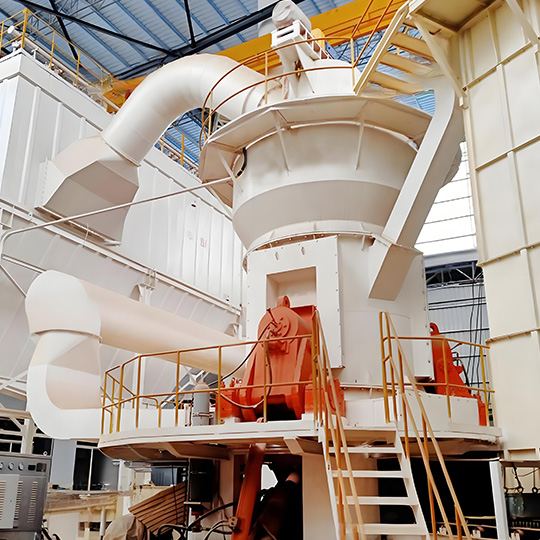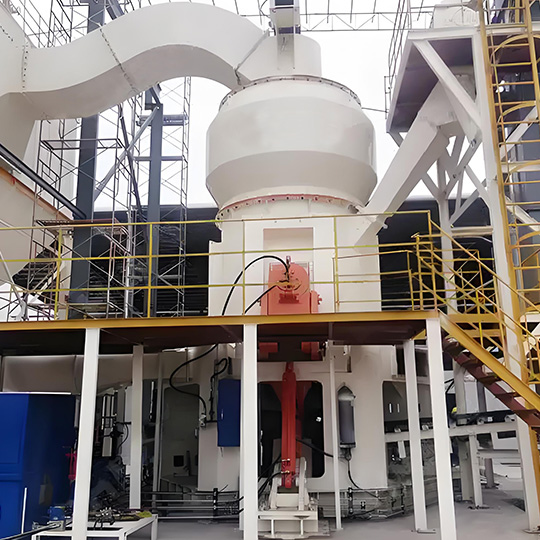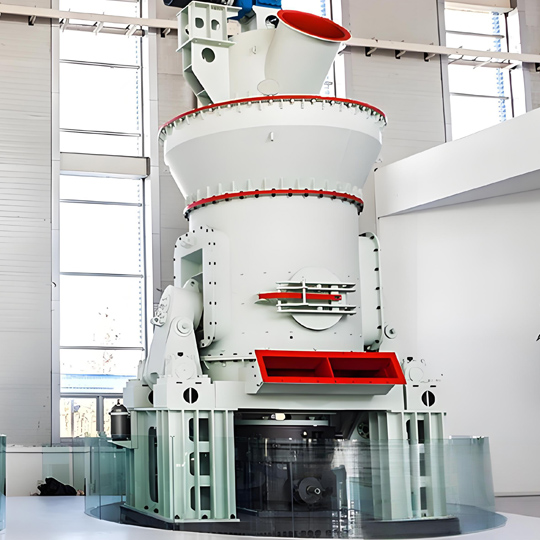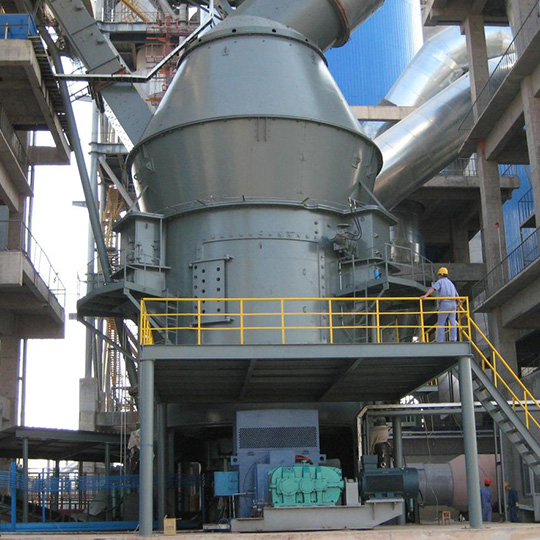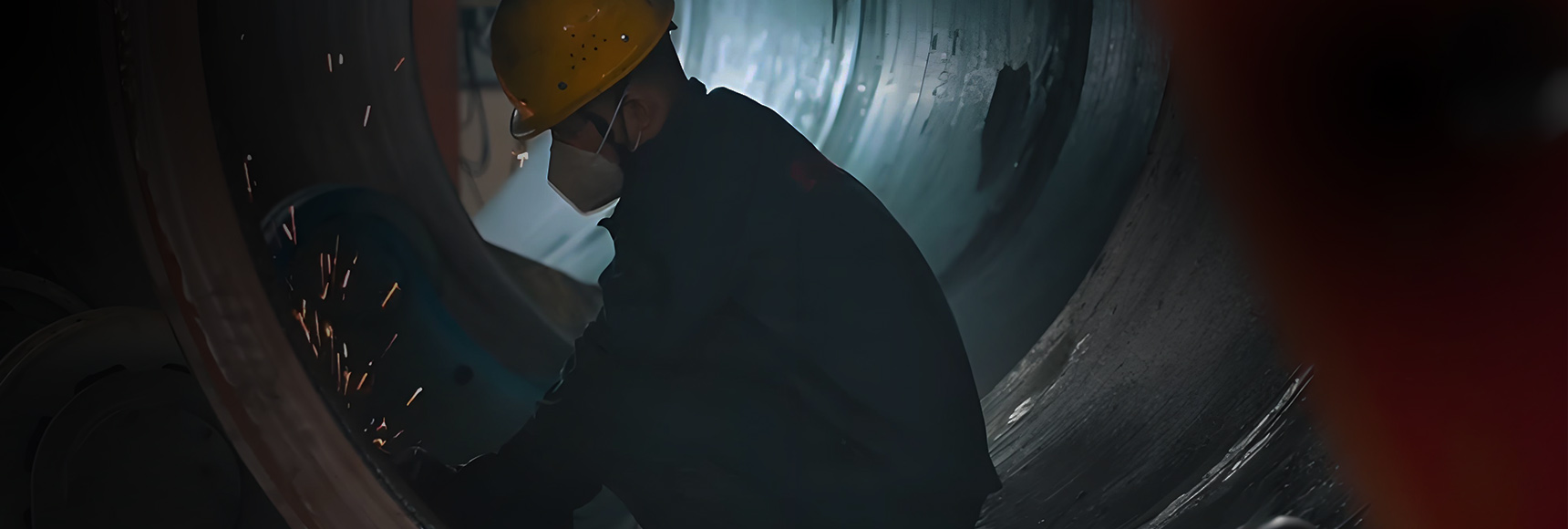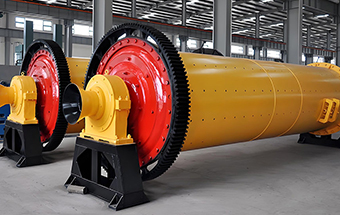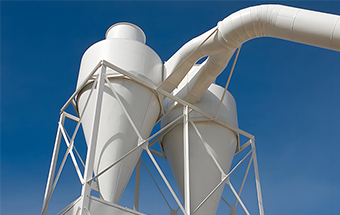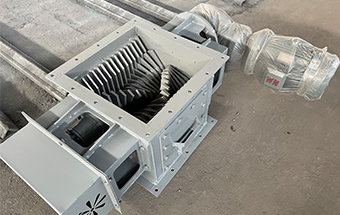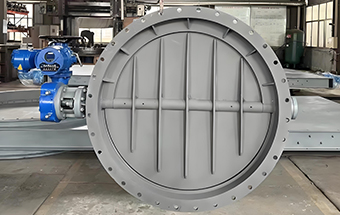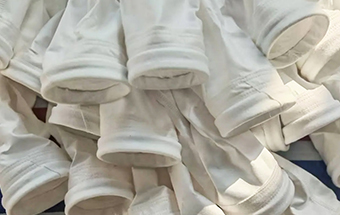Vertical Roller Mill
- High Energy Efficiency, Significant Power Savings
- High Grinding Capacity
- Precise Particle Size Control
- Compact Footprint
- Low Maintenance Costs
- Environmentally Friendly
- Versatile Material Handling
Industry Leading Manufacturer of Vertical Roller Mills
As a leading vertical roller mill manufacturer with 10+ years of experience, DARKO specializes in high-performance cement VRM, slag grinding mill, and coal pulverizer systems. Our ISO & CE-certified VRMs feature 30-50% energy savings versus ball mills, serving 20+ countries across cement, mining, and power industries. We provide comprehensive installation guides, remote commissioning support, and lifetime technical assistance to ensure smooth operation worldwide. Customizable for limestone, slag, petcoke, and other materials, our VRMs deliver high capacity , low maintenance, and eco-friendly operation.
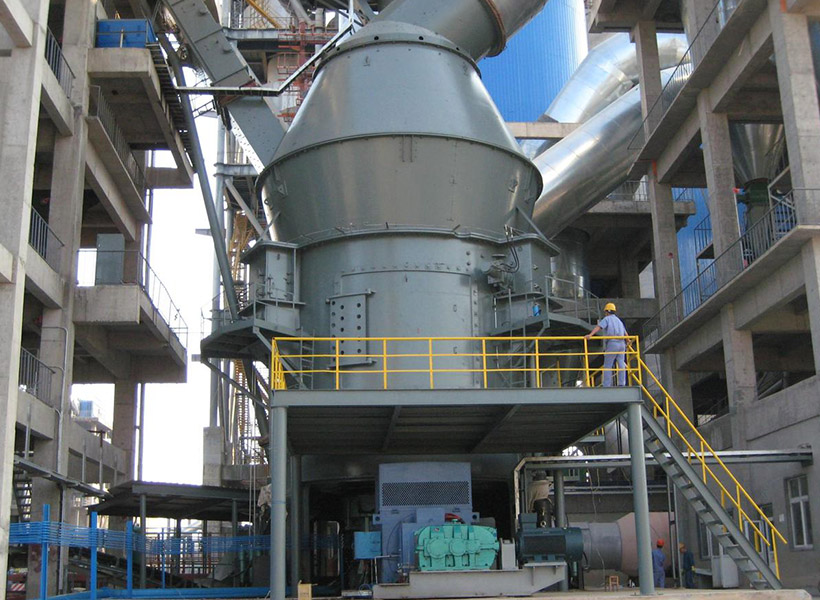
Vertical Roller Mill Working Principle
The Vertical Roller Mill (VRM) operates on an efficient grinding principle where materials are crushed between rotating grinding rollers and a stationary grinding table. Raw materials like cement clinker, slag, or coal are fed centrally onto the rotating table, where hydraulically pressurized rollers compress and grind them into fine particles. As the table rotates, centrifugal force spreads the material outward, forming a uniform grinding bed, while hot gases (up to 450°C) simultaneously dry moist materials when needed. The ground particles are then carried upward by airflow to a dynamic classifier, which separates fine product from coarse particles that return for further grinding, ensuring precise particle size control and high grinding efficiency.
This innovative design offers significant advantages over traditional grinding systems. The VRM’s vertical configuration and bed grinding mechanism reduce energy consumption by 30-50% compared to ball mills while delivering superior particle size distribution (adjustable between 10-100 μm). Its compact footprint saves valuable plant space, and the enclosed operation minimizes dust emissions and noise levels below 85 dB. The system’s versatility allows it to handle various materials including cement raw materials, industrial minerals, and coal, while the integrated drying capability makes it ideal for processing materials with moisture content up to 20%. These features make the VRM an optimal choice for modern grinding applications in cement, mining, and power generation industries.
Core Advantages of Vertical Roller Mill
Darko’s vertical roller mills combine proven engineering with customizable designs to achieve exceptional grinding efficiency, significant energy savings, and reduced environmental impact.

The optimized grinding bed design reduces energy consumption by 35-50%. Horizontal grinding table ensures stable material flow.

Advanced buffer systems minimize metal fatigue damage. Non-contact limiters protect core components.

Integrated dynamic classifier adjusts fineness (80-600 m²/kg). Real-time monitoring maintains consistent quality.

Hot air drying system operates simultaneously. No pre-drying required for most applications.

Symmetric roller layout (2+2/3+3) balances forces. Damped grinding table absorbs shocks.

Hydraulic roller swing-out enables quick access. Modular wear parts simplify replacements.

Smart sensors adjust grinding pressure instantly. Adaptive dam ring height optimizes throughput.

Closed-loop operation prevents dust leakage. Pulse jet filters ensure clean exhaust.
Why choose Darko's Vertical Roller Mill
Our integrated service delivers high-efficiency grinding solutions with guaranteed performance and responsive technical support.
Our state-certified Key Laboratory features a dedicated VRM test platform, conducting extensive material grinding tests to provide data-driven mill selection guidance.
Through continuous technical upgrades, we’ve achieved international standards in metallurgy, casting/forging, heat treatment, welding, and precision gear machining.
We employ FEA software for critical component strength analysis and specialized CFD tools to optimize grinding chamber and classifier airflow.
The advanced control system monitors process parameters in real-time with touchscreen interface, ensuring high automation and stable operation.
We’ve successfully delivered VRM systems to clients across 20+ Chinese provinces for cement, slag, limestone and various material grinding applications.
24/7 technical support with scheduled maintenance alerts and fast spare parts delivery.
What is a Vertical Roller Mill?
Vertical Roller Mill (VRM) is a grinding equipment used for processing cement raw materials, clinker, slag and coal slag, featuring simple structure with low manufacturing and operational costs. The mill consists of main body, grinding table assembly and transmission device. A centering structure is installed between the main body and grinding table assembly to determine the rotation center. The bottom of grinding table assembly is fixed with a rotary guide rail, allowing the grinding table to rotate on the main body through this rail while being connected to the transmission device.
Since the transmission device doesn’t bear high axial loads such as grinding table weight and grinding pressure, standard gear reducers can be adopted. This design offers advantages of compact structure, reliable operation, reduced mill downtime, as well as lower operation and maintenance costs.
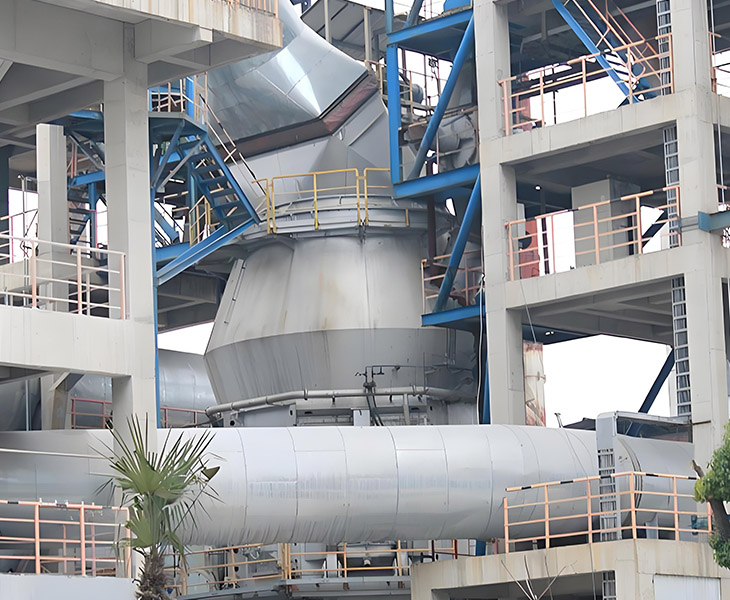
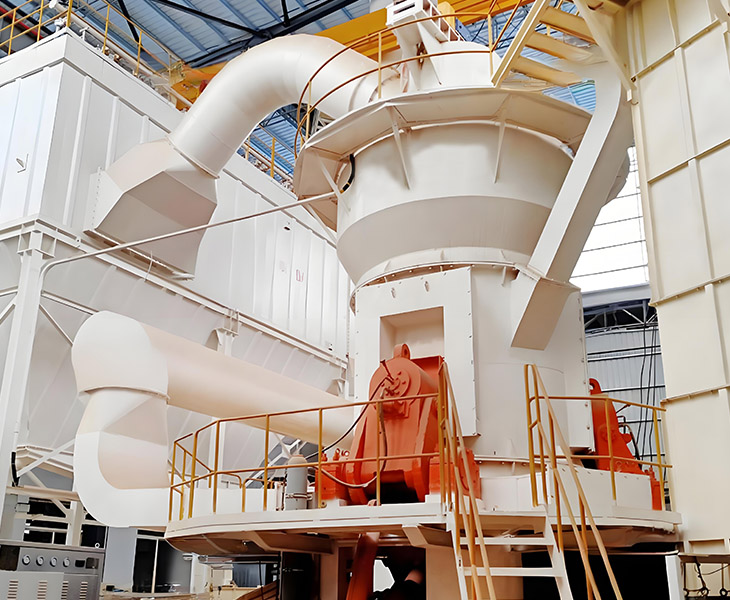
Process Flow
The vertical roller mill offers two process configurations (three-fan or two-fan systems) depending on the arrangement of the gas conditioning tower and dust collector, with cyclone separators used for product collection to reduce system operating pressure and gas flow through the dust collectors. The final dedusting can utilize either electrostatic precipitators or bag filters, allowing mill exhaust gases to directly enter the dust collectors – this streamlined design reduces equipment count and simplifies system layout while maintaining emission levels below 30mg/Nm³.
Design Principle of Vertical Roller Mill
The vertical roller mill operates on the material-bed grinding principle, where rollers apply hydraulic pressure to crush materials between the grinding table and rollers. Its optimized curved grinding surfaces ensure high efficiency with reduced energy consumption. Key components include a rotating grinding table, hydraulically pressurized rollers, and a high-efficiency separator. The table features stress-balanced design, while the drive system remains free from grinding forces, enabling large-scale, automated operation. Compared to traditional ball mills, it achieves 30-50% energy savings, making it ideal for large-volume grinding of cement, slag, and similar materials.
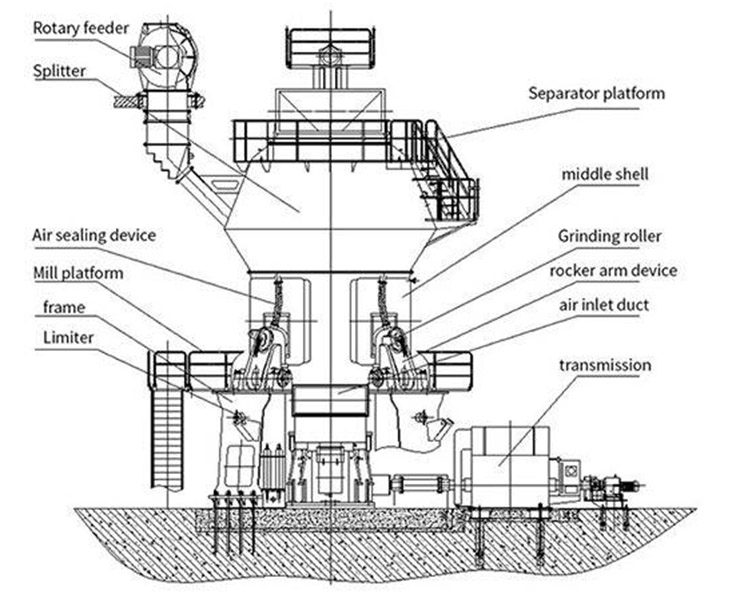
Own Factory, High Quality Manufacturing Power
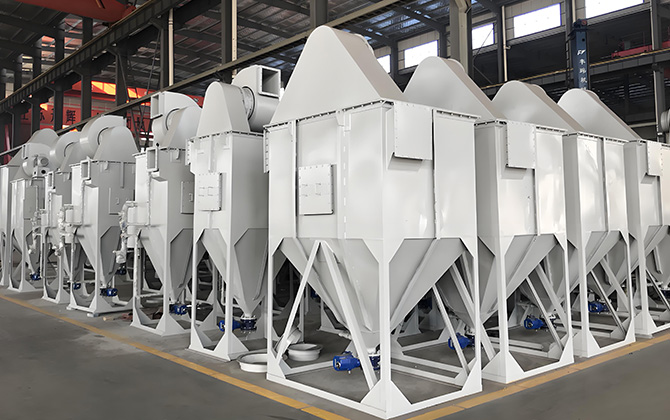
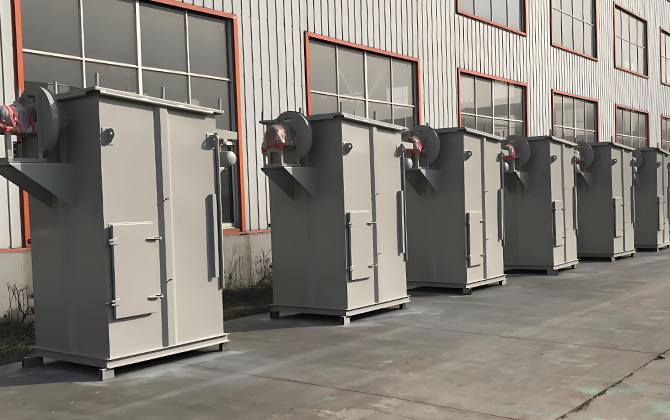
As a professional cement equipment manufacturer with 10 years of industry experience, Darko combines innovative engineering with reliable production capabilities. Our ISO-certified facility produces 400+ dust collection systems and 450+ conveying systems annually, serving 500+ global clients with complete solutions from cement silos to dust control systems.
Backed by patented technologies and an experienced R&D team, we specialize in customized, non-standard designs to meet diverse project requirements. Equipped with advanced manufacturing facilities and strict quality control, we ensure every product meets the highest international standards while delivering cost-effective, environmentally friendly solutions for cement plants and industrial applications worldwide.
Related Product
As a leading cement equipment manufacturer, we provide complete grinding and material handling systems to optimize your cement production line. In addition to high-efficiency Vertical Roller Mills, explore our premium equipment range:
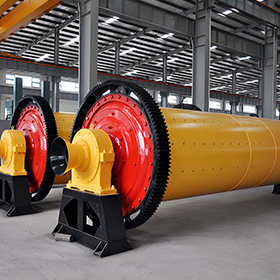
Ideal for grinding cement, minerals and various industrial materials. Features durable gear-driven construction, stable operation, and adaptability to both dry and wet processes with adjustable rotation speed. Suitable for processing cement clinker, ores and other materials, with customizable configurations available.
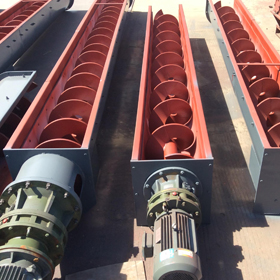
Enclosed structure effectively prevents dust and leakage, specially designed for powders and small particles. Can be integrated into automated conveying systems, widely used in chemical and food processing industries.
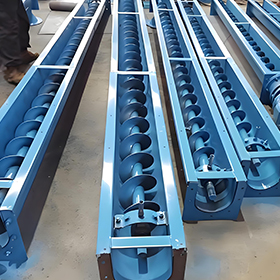
Enclosed structure effectively prevents dust and leakage, specially designed for powders and small particles. Can be integrated into automated conveying systems, widely used in chemical and food processing industries.
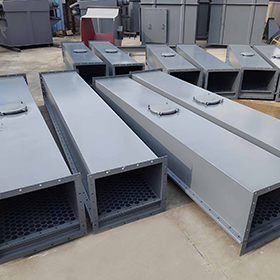
Pneumatic conveying solution for fine dry powders (e.g., cement, fly ash). Zero moving parts, energy-efficient airflow design with minimal maintenance requirements.
Innovative Vertical Roller Mill Systems - Your Expert for Customized Grinding Solutions
From engineering design to lifetime service, we deliver efficient grinding solutions throughout the entire lifecycle
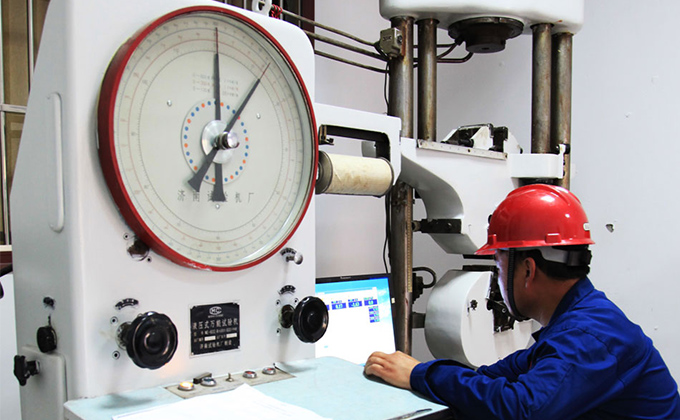
We provide complete vertical roller mill systems tailored to your specific grinding requirements. Our mills feature optimized designs with wear-resistant materials and smart control systems for maximum efficiency. Each unit undergoes rigorous testing to ensure reliable performance in cement, mining or industrial applications. Backed by engineering expertise, we deliver turnkey solutions from installation to ongoing technical support.
Throughout the entire production and usage cycle of the vertical roller mill, we are committed to providing comprehensive services—ranging from spare parts to equipment consultation. Darko is capable of not only designing, producing, and manufacturing vertical roller mills but also offering your company services such as product optimization, equipment retrofitting, equipment repairs, and spare parts. We can provide integrated equipment solutions tailored to your company’s process requirements.
More about Vertical Roller Mill
By fully understanding the relevant technical parameters and structural technology of the vertical roller mills , you will have a clearer understanding of the performance advantages and application value of the equipment.
- Raw Material Vertical Roller Mill (LGM)
- Slag Vertical Roller Mill (LGMS)
- Cement vertical mill (LGMC)
- Applications
| Parameter | Specification |
|---|---|
| Capacity | 50-600 t/h |
| Max. Feed Size | ≤80 mm |
| Product Fineness | 2,800-4,500 cm²/g (Blaine) |
| Main Motor Power | 1,000-6,000 kW |
| Grinding Table Diameter | 2.2-6.5 m |
| Number of Rollers | 3-4 rollers |
| Power Consumption | 14-22 kWh/t |
| Key Features | • Modular design for various raw mixes • Low vibration operation with extended maintenance intervals |
| Parameter | Specification |
|---|---|
| Capacity | 30-150 t/h |
| Max. Feed Size | ≤50 mm |
| Product Fineness | 4,000-6,500 cm²/g (Blaine) |
| Main Motor Power | 800-4,500 kW |
| Grinding Table Diameter | 2.0-5.0 m |
| Roller Material | Hardfaced alloy |
| Power Consumption | 35-50 kWh/t |
| Key Features | • Reinforced wear-resistant design • High-efficiency separator for hard slag materials |
| Parameter | Specification |
|---|---|
| Capacity | 50-300 t/h |
| Max. Feed Size | ≤60 mm |
| Product Fineness | 3,000-5,500 cm²/g (Blaine) |
| Main Motor Power | 1,200-5,500 kW |
| Table Rotation Speed | 20-40 rpm |
| Hydraulic Pressure | 12-16 MPa |
| Power Consumption | 25-40 kWh/t |
| Key Features | • Integrated temperature control system • Configurable for finish/semi-finish grinding |
Vertical Roller Mills are widely used in industrial grinding due to their high efficiency and energy savings. Key applications include:
1. Cement Industry
-
Raw material grinding (limestone, clay)
-
Clinker & slag grinding
-
Cement finish grinding
2. Mining & Minerals
-
Metal ore processing (iron, copper)
-
Non-metallic minerals (calcium carbonate, kaolin)
3. Energy Sector
-
Coal pulverization for power plants
-
Petroleum coke grinding
4. Environmental Materials
-
Industrial waste recycling (fly ash, gypsum)
-
Carbon capture material production
5. Specialty Applications
-
Chemical materials (phosphogypsum)
-
Construction additives
Advantages:
✔ 30-50% energy savings vs ball mills
✔ Compact design (40% space reduction)
✔ Higher capacity with stable operation
Key advantages include:
-
30-50% lower energy consumption
-
Compact design with smaller footprint
-
Ability to dry, grind and classify in single unit
-
Lower noise level (<85 dB)
-
Better product quality control
VRMs handle diverse materials:
-
Cement raw materials (limestone, clay, shale)
-
Industrial minerals (coal, phosphate, quartz)
-
Slag (blast furnace, steel, nickel)
-
Cement clinker and blended cements
VRMs typically produce:
-
-
Steeper PSD curve
-
Fewer ultra-fines (<3μm)
-
More uniform particle morphology
-
Adjustable RRSB slope (n-value) between 0.9-1.3
-
Related Product
-
High-efficiency grinding with adjustable fineness, ideal for cement production.
-
-
-
-
Efficient VRM Structural Design
-
Horizontal Grinding Table: Minimizes material flow resistance and ensures even wear. Post-wear roller pressure can be adjusted to maintain output quality.
-
Tapered Grinding Rollers: Designed at an optimal angle to the grinding table for efficient compression.
-
External Swing Lever Arm: Fixes and guides rollers while being mounted outside the mill housing for easier maintenance.
-
Roller Configuration:
-
Slag VRM: Features a 2+2 or 3+3 roller layout for cement clinker/slag grinding. Auxiliary rollers (“material spreaders”) pre-compact the bed and remove trapped air, ensuring stable grinding and reduced vibration.
-
Raw Material VRM: Uses 4 symmetrically arranged rollers for balanced load distribution, high efficiency, and large capacity.
-
-
Hydro-Pneumatic Spring System: Provides stable grinding pressure with elastic cushioning.
-
Limit Buffer Design: Prevents metal-to-metal contact between grinding components during operation.
-
Integrated Dynamic Classifier: Adjustable stator blades for precise fineness control.
-
Hydraulic Roller Swing-Out Device: Enables quick maintenance and part replacement.
-
Adjustable Table Dam Height: Adapts to material grindability and process variations.
-
Real-Time Roller Position Monitoring: Displacement sensors track roller movement for operational optimization.
-
Vibration-Damped Table Assembly: Reduces structural stress and noise.
Standard maintenance schedule:
-
Roller/tire replacement: 8,000-12,000 hours
-
Table liner replacement: 12,000-15,000 hours
-
Hydraulic system inspection: 2,000 hours
-
Complete overhaul: 5-7 years
Through three key mechanisms:
-
Material bed grinding principle (vs impact grinding)
-
Integrated high-efficiency separator
-
Optimized grinding pressure (50-150 N/mm²)
Key vibration limits:
-
Normal operation: <2.0 mm/s RMS
-
Warning level: 2.0-4.5 mm/s
-
Shutdown threshold: >6.0 mm/s
-
Recommended monitoring: 3D accelerometers





